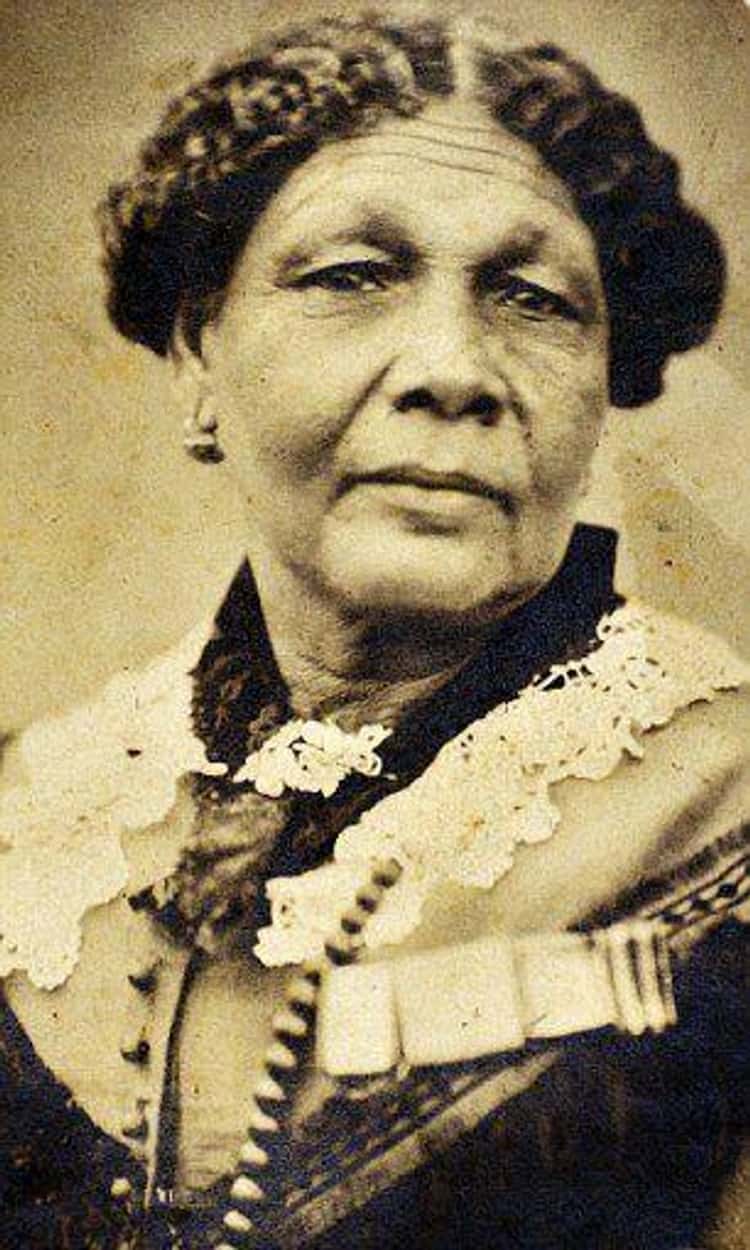Historically, the accomplishments of women have gone unrecognized. Women of color are especially overlooked by the larger cultural canon. The time of writing brave, inspiring women out of history is over now that efforts have been made to uncover their stories. We’re here to share them with you! From rebel spies to fierce warriors, these women will inspire you to never give up on what you believe in.
In this list, we’ll share the amazing lives of the world’s most inspirational women, including a Black journalist from the 1800s, a Jamaican Maroon leader who conquered the British, a Northern Cheyenne woman who knocked Lieutenant Colonel George Armstrong Custer off his horse, a Baroque painter who brought her abuser to court and won, a 16-year-old girl who sailed across the Atlantic to avoid contributing to carbon emissions, and so many more.
These women will compel you to wonder, “Why have I not learned about these women?” because they would’ve made history class a lot more interesting. Instead of continuing to overlook these incredible, inspiring people and their stories, we’re changing the conversation. Read on to learn about fierce women who changed the course of history, even when the entire world was against them.
1. Buffalo Calf Road Woman Saved Her Brother During Battle, Then Knocked George Armstrong Custer Off His Horse
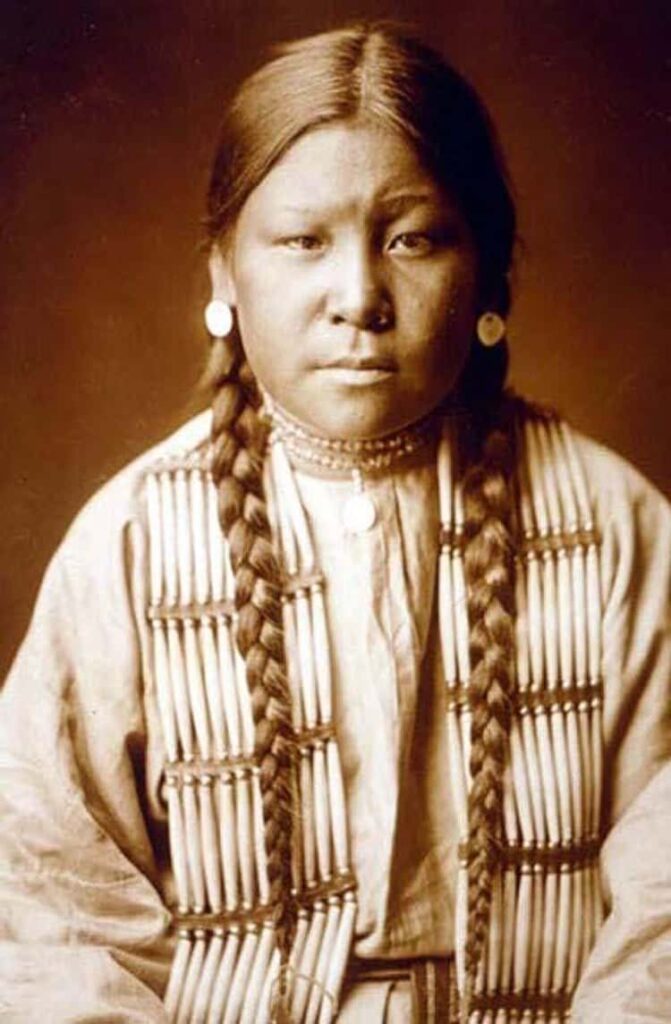
On June 17, 1876, General George Crook attacked the Northern Cheyenne people in an attempt to steal their land in the Battle of the Rosebud. Buffalo Calf Road Woman was the only woman to go with the warriors to battle. She was in her mid-20s at the time and had a 4-year-old daughter. At one point during that battle, her brother, Chief Comes in Sight, was struck and pinned down under enemy fire. She ran into the active fire to help get him out, saving his life. Buffalo Calf Road Woman had not only saved her brother but also cemented her reputation as a fierce warrior. The Northern Cheyenne even gave the battle a new name: The Battle Where the Girl Saved Her Brother.
A few days later, Buffalo Calf Road Woman fought in the Battle of Little Bighorn – the only woman warrior present. Once again, she was incredibly brave and strong, with excellent marksmanship. The Northern Cheyenne were victorious thanks to Buffalo Calf Road Woman knocking Lieutenant Colonel George Armstrong Custer off his horse.
Unfortunately, Buffalo Calf Road Woman died only a few years later in 1879 from diphtheria, which was known as the “white man’s coughing disease” by the Cheyenne people.
The tribe had kept this information amongst only the elders of their community, taking a vow of silence for 100 summers after the battle for fear of retribution from the US government. The Northern Cheyenne told Buffalo Calf Road Woman’s story in 2005. Prior to that, there was one mention of her from an eyewitness account of the battle, which was published in the 1967 book by Thomas B. Marquis, Custer on the Little Bighorn:
Most of the women looking at the battle stayed out of reach of the bullets, as I did. But there was one who went in close at times. Her name was Calf [Road] Woman… [she] had a six-shooter, with bullets and powder, and she fired many shots at the soldiers. She was the only woman there who had a gun.
According to Wallace Bearchum, the director of tribal services for the Northern Cheyenne, though Buffalo Calf Road Woman was an “excellent markswoman,” she likely knocked Custer off his horse with a club instead of a bullet.
2. A Team Of All-Female Russian Bomber Pilots Called ‘The Night Witches’ Terrified The Third Reich
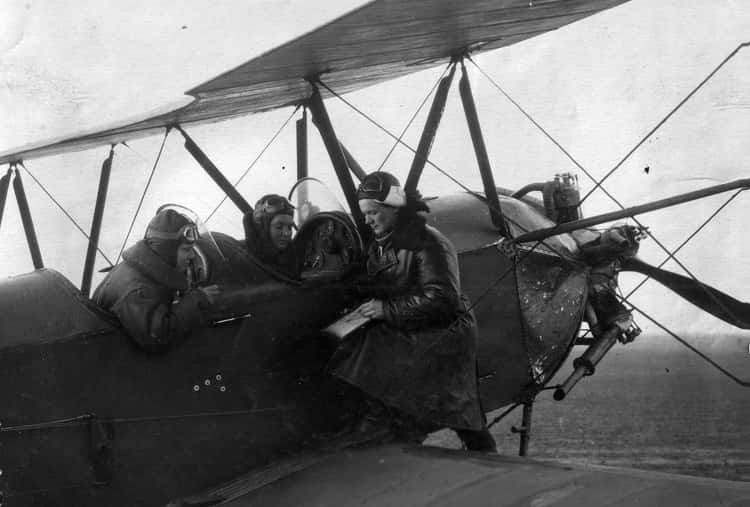
Members of the 588th Night Bomber Regiment had the honor of being at the top of Third Reich Germany’s list of least favorite people. By the end of World War II, they had dropped 23,000 tons of bombs on German targets. Notably, the 588th Night Bomber Regiment was entirely composed of women.
It was the Germans who gave them their menacing nickname, Nachthexen, roughly translating to “The Night Witches,” because their wooden planes made a whooshing noise similar to that of a broom right before they dropped a bomb. The women used tiny plywood biplanes that were too small to show up on radar or infrared locators, so that swooshing sound was the only warning the SS had, and by then, it was usually too late.
Prior to WWII, women were barred from military service, but the invasion of the Soviet Union in 1941 was enough for the country to reconsider. They needed all the help they could get, and after the performance of women in WWII, they never went back. The witches’ very first mission, bombing the headquarters of invading SS soldiers, was a huge success. The Night Witches didn’t only fly and drop bombs, but they also returned fire when they were attacked. This made the Soviet Union the first nation to allow women to fight in active combat.
When it came to forming the 588th Night Bomber Regiment, the women had to deal with sexism and harassment from male Soviet soldiers, who would make fun of the women during their training. The women were given hand-me-down uniforms that didn’t fit, and the planes they were provided were rickety crop dusters called Polikarpovs. It was made of plywood and the women were completely exposed to the elements while flying them, which was no small feat in the harsh conditions of the Soviet winter.
The Night Witches did what they could to use the situation to their advantage. The size of the planes made them near impossible to target. They flew at night because they had to stay low to the ground, able to hold only two bombs at once, one under each wing.
Throughout WWII, the Night Witches flew 30,000 missions. Thirty of them died in combat, and 24 were given the Hero of the Soviet Union award.
3. After Rejection From The British Military, Mary Seacole Started Her Own Hospital To Help Wounded Soldiers During The Crimean War
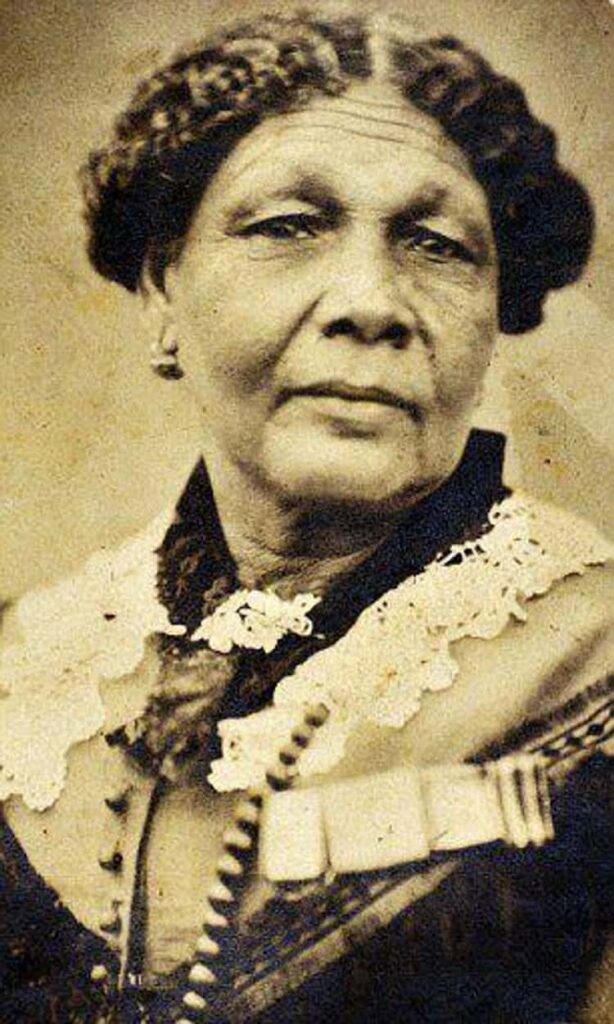
Mary Seacole was born in Jamaica in 1805, to a Scottish military father and a Jamaican mother. Her mother, who ran her own hospital for wounded veterans called Blundell Hall, trained her in medicine from a young age. Her mother was a healer, and through her, Seacole learned traditional Jamaican medicine and remedies.
Seacole loved to travel, visiting countries all over the Caribbean, South America, and Europe, studying different practices of medicine everywhere she went. She lived in England with family members for two years, experiencing much racism and harassment.
Seacole returned to Jamaica in 1826 to take care of her sick mother. She married in 1836, but her husband passed in 1844, and her mother died shortly after that, causing Seacole to experience immeasurable grief and loss. It was at that point she decided to dedicate her life to healing and helping others.
Her work began during the cholera epidemic in Kingston, Jamaica, in 1850. She was so successful at quelling the symptoms of the disease, she was brought to Panama in 1851 to help with the country’s outbreak. She refurbished her mother’s old military hospital, Blundell Hall, to continue the legacy of caring for wounded veterans.
Her desire to help pushed Seacole to travel all the way to England in 1854 to ask if she could be of service as a war nurse in Crimea (present-day Ukraine) to help the British military in its fight against the Russian Empire. She had heard the medical resources were limited, leading to the unnecessary demise of many soldiers. The English refused her offer, but Seacole wasn’t fazed. With the help of one of her husband’s old colleagues, she went to Crimea and set up a makeshift hospital and supply shop in an old hotel and named it the British Hotel.
Seacole offered her hotel as a place of refuge for wounded and exhausted soldiers to rest, receive care, eat, and recover. She would often go out into the battlefield, sometimes during active combat, to rescue injured soldiers. She became known as “Mother Seacole.”
Seacole returned to England after the war penniless, having spent every resource she had on helping the wounded in Crimea. Many people who were acquainted with her throughout the war rallied around her to raise money and show her the support she had shown them. In 1857, Sir William H. Russell, a correspondent for The Times, wrote:
I trust that England will not forget the one who nursed her sick, who sought out her wounded to aid and succor them, and who performed the last offices for some of her illustrious dead.
Later that year, Seacole published an autobiography titled Wonderful Adventures of Mrs. Seacole in Many Lands. She died in 1881, then unfortunately fell into obscurity for almost a century until nurses from the Caribbean went to England to visit her grave. They reignited interest in Seacole and her legacy.
- Age: Dec. at 75 (1805-1881)
- Birthplace: Kingston, Jamaica
4. Marie Curie Is One Of Four People In History To Win The Nobel Prize Twice For Her Contributions To Science
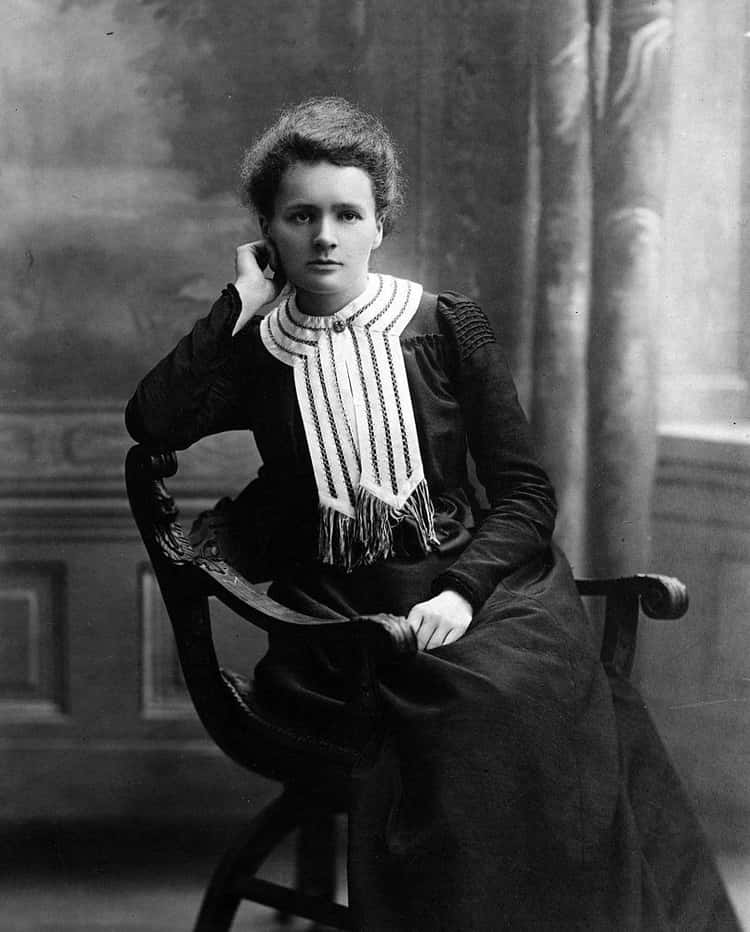
Marie Curie was born in 1867 in Warsaw, Poland. As a young woman, she became involved in a radical group of fellow students, and wanting to continue her education, left Warsaw, which was under Russian control at the time, for Kraków, then eventually Paris, France. Her educational journey continued in 1891 when she became a student at the Sorbonne to study physics and math. There, she met her husband, Pierre Curie, a physics professor at the school.
She quickly took over the role of head of the physics laboratory, succeeding her husband, and received her doctorate in science in 1903. After her husband tragically died in 1906, Curie took over as the first woman to ever become the professor of general physics in the faculty of sciences at the Sorbonne.
The work of the Curies, and just Curie after her husband’s death, was inspired by Henri Becquerel’s discovery of radioactivity in 1896. Through her research, Curie was able to isolate both polonium, which she named after her home country of Poland, and radium. The term “radioactivity” was coined in a paper by Curie in 1896.
Throughout the rest of her life, Curie was an advocate for the use of radium for therapeutic applications, especially during World War I. Her daughter Irene Curie often assisted her in her work. In 1929, United States President Herbert Hoover donated $50,000 from the American Friends of Science to purchase the materials needed to start her radium laboratory in her home city of Warsaw.
For the remainder of her life, Curie continued her research with many achievements and accolades. She was a member of many scientific societies, such as the Solvay Council of Physics in France and the Committee on Intellectual Cooperation for the League of Nations, until her death in 1934. She and her husband were awarded the Nobel Prize for physics in 1903 as a joint award with fellow scientist of radioactivity, Becquerel. In 1911, she received a second Nobel Prize for chemistry for her work studying radium. In 1921, US President Warren G. Harding awarded her with one gram of radium on behalf of American women in recognition for her lifetime of achievements.
Her death in 1934 was likely due to a blood disease, which she developed through her constant exposure to radioactivity.
- Age: Dec. at 66 (1867-1934)
- Birthplace: Warsaw, Poland
5. The Mirabal Sisters Were Assassinated For Exposing The Horrors Of Rafael Trujillo’s Fascist Regime In The Dominican Republic
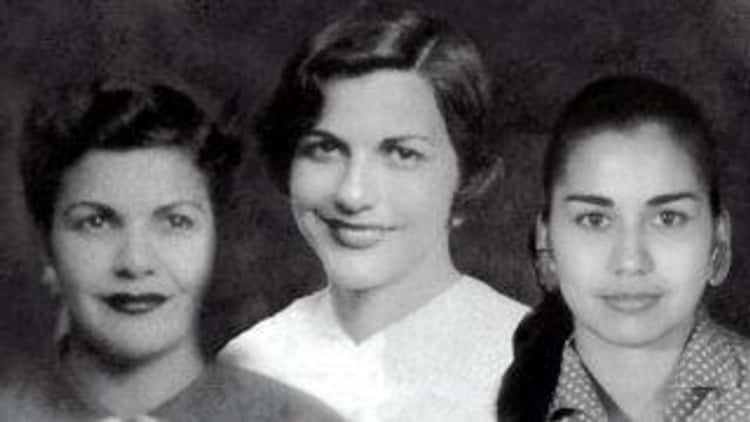
In 1960, the Dominican Republic had been under the control of the fascist dictator Rafael Trujillo, who had seized the country in a military coup, for 30 years. For three decades, Trujillo had managed to hide the alarming human rights violations happening on the island nation from the rest of the world.
Sisters Patria, Minerva, and María Teresa Mirabal were part of an underground revolutionary movement against the dictator. Minerva had graduated from law school, which further opened her eyes to how far Trujillo had gone as a dictator.
Under Trujillo’s rule, only one political party existed: the Dominican Party – and if anyone said otherwise, they risked “disappearing.” He controlled the economy and trade to benefit him and his supporters by lining their pockets. He had an army of police who would torture and kill anyone who disagreed with Trujillo. Under his rule, more than 20,000 Haitians who lived close to the border between the two countries were massacred in 1937. Minerva even came into direct contact with him in 1949 and rejected his sexual advances, which led to her arrest.
Minerva married a fellow resistance leader. Soon, her sisters, Patria and María Teresa, joined them. They did everything in their power to organize and spread the word about what was really happening in their country overseas. In 1960, Trujillo’s failed assassination attempt against Venezuelan president Romulo Betancourt caused the United States to retract any support it had shown towards the dictator. Trujillo’s facade was beginning to crumble.
That same year, Trujillo’s police force had tracked the Mirabal sisters on their way home from prison, where they were visiting their husbands. The car was stopped, the driver was killed, and the women were assassinated. The car was pushed over a cliff to make it look like an accident.
By then, the women had made connections with overseas media sources, and knowing about their revolutionary political involvement, it was very obvious their death was no accident. Trujillo quickly lost support from the rest of the world. Not long after, in 1961, Trujillo was killed by former members of his own armed forces.
The fearless dedication to the freedom of the Dominican Republic displayed by the Mirabal sisters played a crucial role in ending the years of dictatorship. They put faces to the revolution, and their bravery spoke to the world.

